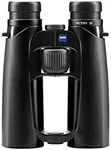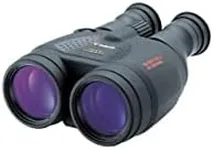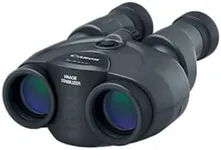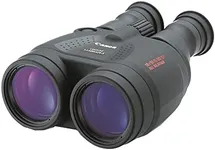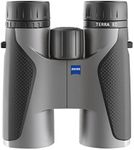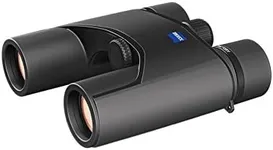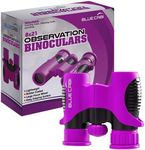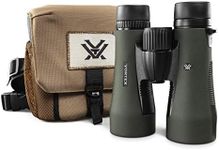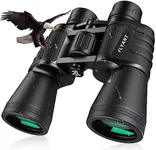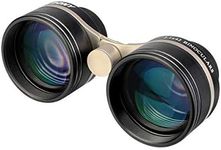Buying Guide for the Best Inexpensive Binoculars
Choosing the right pair of binoculars can greatly enhance your outdoor experiences, whether you're birdwatching, hiking, or attending a sports event. When looking for inexpensive binoculars, it's important to focus on the key specifications that will impact your viewing experience. Understanding these specs will help you make an informed decision and find the best fit for your needs.MagnificationMagnification indicates how much closer an object will appear when viewed through the binoculars. For example, 8x magnification means the object will appear eight times closer. Higher magnification can provide more detail but may also result in a shakier image and a narrower field of view. For general use, 7x to 10x magnification is usually sufficient. If you need binoculars for birdwatching or sports events, 8x or 10x magnification is a good choice. For hiking or casual use, 7x magnification can offer a wider field of view and more stability.
Objective Lens DiameterThe objective lens diameter, measured in millimeters, determines how much light the binoculars can gather. Larger lenses (e.g., 42mm) gather more light, providing brighter images, especially in low-light conditions. However, larger lenses also make the binoculars bulkier and heavier. For daytime use, a diameter of 25mm to 35mm is usually adequate. If you plan to use the binoculars in low-light conditions, such as dawn or dusk, consider lenses with a diameter of 40mm or more.
Field of ViewField of view (FOV) is the width of the area visible through the binoculars, usually measured in feet at a distance of 1,000 yards. A wider FOV allows you to see more of the scene without moving the binoculars, which is useful for tracking moving objects like birds or athletes. Binoculars with a FOV of 300 feet or more at 1,000 yards are ideal for general use. If you need to focus on specific details, a narrower FOV might be acceptable.
Weight and SizeThe weight and size of binoculars can affect how comfortable they are to use and carry. Heavier binoculars can be tiring to hold for extended periods, while lighter models are easier to carry on hikes or trips. Compact binoculars are more portable but may have smaller lenses and lower light-gathering capabilities. Consider how you plan to use the binoculars and choose a size and weight that you can comfortably handle for your intended activities.
Prism TypeBinoculars use prisms to correct the orientation of the image. There are two main types: Porro prisms and roof prisms. Porro prism binoculars are generally bulkier but can offer better image quality at a lower cost. Roof prism binoculars are more compact and streamlined but may be more expensive. For inexpensive binoculars, Porro prisms often provide the best value for image quality. If portability is a priority, consider roof prism models.
CoatingsLens coatings reduce glare and improve light transmission, resulting in clearer and brighter images. Fully multi-coated lenses offer the best performance, with multiple layers of anti-reflective coating on all air-to-glass surfaces. Multi-coated lenses have fewer layers but still provide good image quality. For inexpensive binoculars, look for at least multi-coated lenses to ensure a satisfactory viewing experience.

